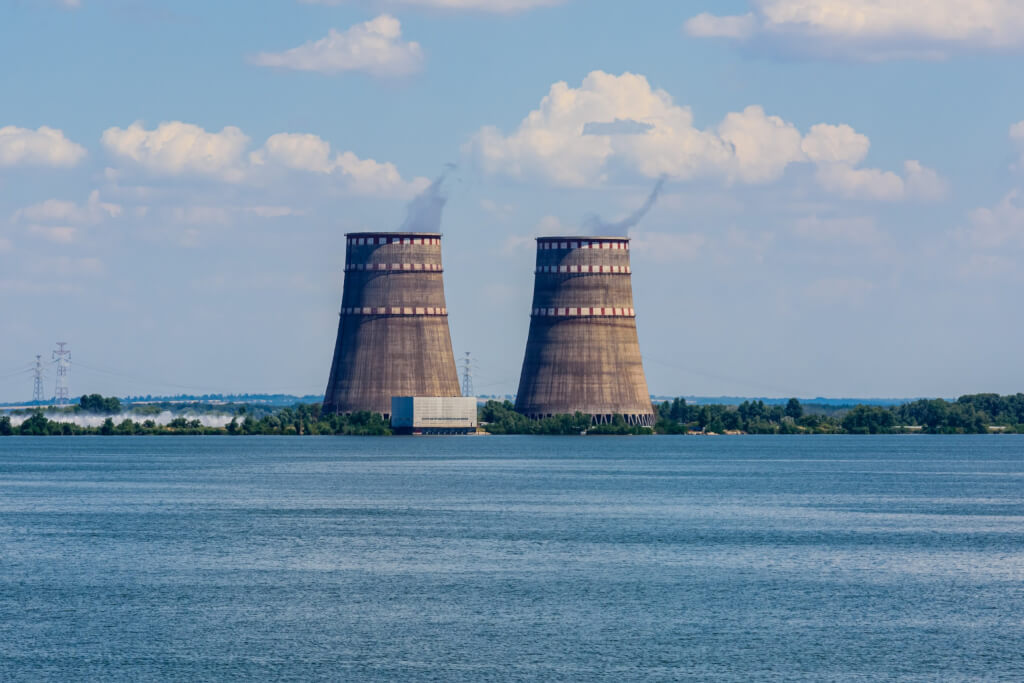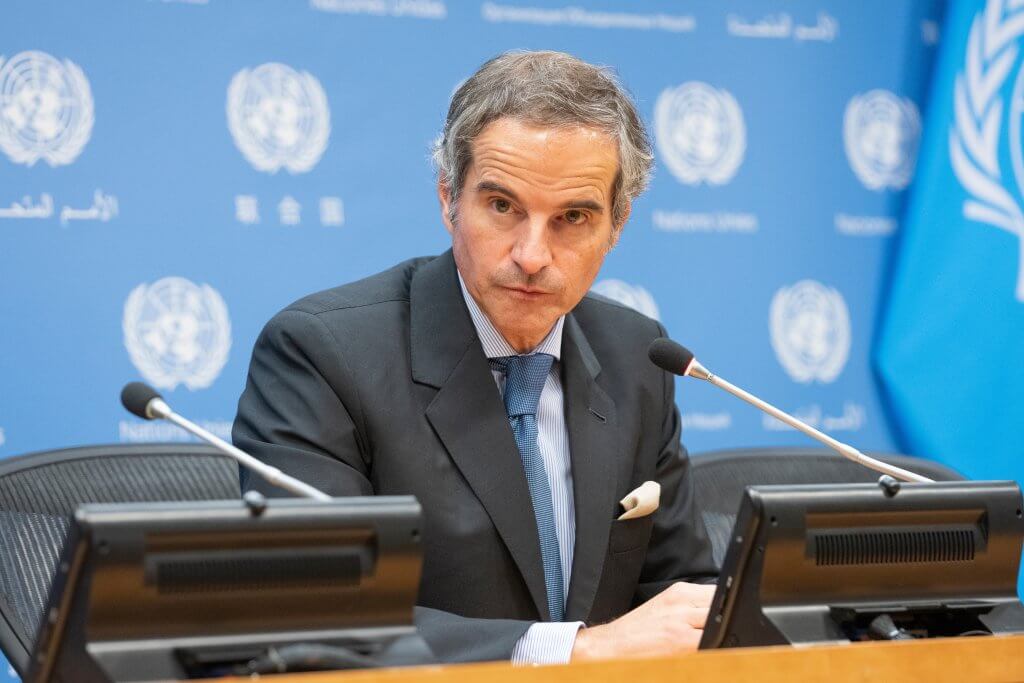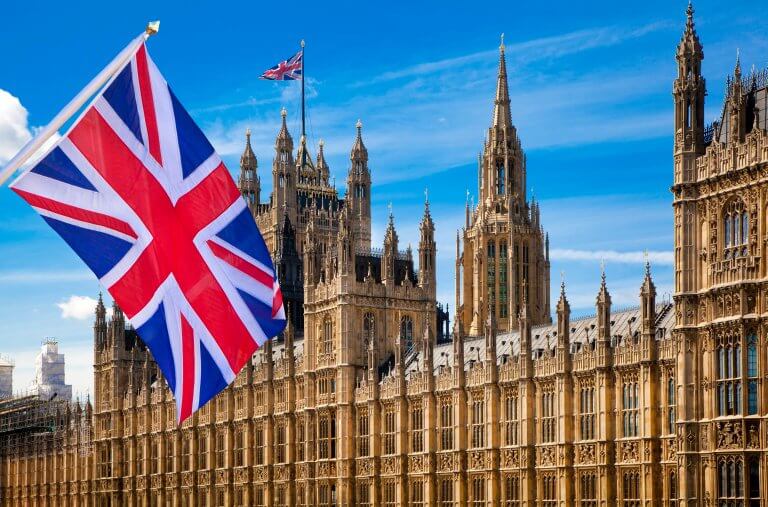
The Zaporizhzhia nuclear power plant: a dangerous environmental casus belli, a chance for de-escalation or another political game?
Nuclear power is no longer just a way of creating electricity in the public mindand has become a true cult phenomenon. For conservatives, it is an embedded symbol of the technological greatness of European civilisation as a whole, whereas for the left and the Greens, it is a relic of a wild and totalitarian past, incompatible with an image of a bright, prosperous and sustainable future. A majority of the society looks at nuclear power plants with a much more moderate opinion and sees it as a subject of major safety concern.
The usage of the power of the atom, made possible in the 1940s, offered unprecedented opportunities for humanity, but also sparked unimagined fears. During the Cold War, populations in the USSR, Europe and the United States faced the very real, rather than mythical, threat of full-scale nuclear war, which threatened to reduce the entire world to ashes. After 1991, the probability of using nuclear weapons became unlikely in the minds of most people, but it turned out that the peaceful atom was no less of a disturbance. The Chernobyl nuclear catastrophe in 1986, gave a major boost to such phobias. While many blamed it on technical lagging and mismanagement in the USSR, the accident at Fukushima in Japan made it clear that nuclear energy can be dangerous. In almost all developed countries there has been a vigorous campaign to abandon nuclear power, and this demand has become an integral part of the programs of many politicians who want to play on the “green” populism and phobias of their electorate. The level of anxiety has not diminished even today, as evidenced, for example, by the hugely rated 2019 HBO catastrophe series Chernobyl, which focuses specifically on the accident at the power plant.
And now, in the same country where the events of the film took place in Ukraine, an armed conflict has broken out. In addition to the closed nuclear power plant in Chernobyl, there are four other such power plants in the country, one of which, Zaporizhzhia, is close to the war zone and came under Russian control. The very fact that the safety of this facility was threatened raised fears, even if at the beginning both Russia and Ukraine guaranteed that the plant would not be caught in the crossfire. But in the second half of August news started to arrive that shocked the public in Europe with the image of a new nuclear catastrophe. Information emerged that nuclear power plants were being shelled. As with any high-profile incident, Russia and Ukraine shifted the blame to one another, denying responsibility. Nonetheless in this case, more than in any other, every European was justifiably concerned about the safety of the plant, and the political and military squabbles between Russia and Ukraine should be put aside.

Alas, further events showed that many European and American politicians, unlike ordinary citizens, were, as always, concerned only with their benefits and not with safety. The attack itself turned out to be an extremely dangerous and cynical manipulative technique, inspired to score additional points in the “information warfare” and in the military operations itself. And the “nuclear phobia” was an excellent tool for such manipulation. Immediately after the events, Russia and Ukraine started consultations with the IAEA about the arrival of the organization for an inspection, which should find the most effective solution of the problem. The idea was also supported by some world leaders, such as French President Emmanuel Macron. The IAEA leadership has never sought to politicise its work, and has earned the public’s trust for good reason. But that is not the characteristic of many other international organisations, which in recent times have become just obedient doers of the will of countries that exert influence on them.
For example, UN Secretary General António Guterres said at a press conference that the Zaporizhzhia area should be demilitarised and that no military equipment should be stationed there. It was quite obvious that the Russian side, which occupied the plant today, fear that its troops would be replaced by Ukrainian ones. But for Guterres such demilitarisation was probably more important than the goal of maximum security and eliminating even the slightest chance of a nuclear accident. Other politicians also made aggressive statements that were not conducive to a speedy resolution of the issue. For example, Tobias Ellwood, a member of the British Parliament, mentioned that any radiation leak at Zaporizhzhia nuclear plant would automatically be perceived as an attack by Russia on NATO. In his understanding, a large-scale conflict with the use of nuclear missiles would certainly preserve the integrity of the reactors and the environment around the world.
A clear sign of the “information war” was also the blunt and ill-considered behaviour of some media channels. They began to write that Russia itself had struck at the nuclear plant. It is probably true that Russian troops are using the “cover” of the power plant for tactical purposes, but to strike at themselves and risk responsibility for a global nuclear catastrophe is clearly an illogical behaviour. Especially ridiculous was the French TV channel France 2, which passed off a damaged chimney on the roof of a building in the immediate vicinity of the Zaporizhzhya nuclear power plant as a Russian missile. Due to the extremely faint resemblance between the chimney and the missile, the French even had to apologise and cite an error.
What is the purpose of such cynical actions? Firstly, the “atomic phobia” is a great way to re-consolidate European society around the conflict and increase the loyalty of the authorities against the backdrop of a serious economic crisis. This was already accomplished in February and March, but with time the military agenda took second place and manipulation became more difficult. You should agree that fear of death from radiation could really make people forget about the high price of food or electricity and give propaganda a second wind.
Secondly, it is an information attack that can help the Ukrainian army to improve its position in the conflict. Ideally, the “nuclear threat” could force Russia to agree to the introduction of NATO peacekeepers on its territory, especially since Guterres’ position clearly shows that this is what the UN leadership is seeking. If anyone thinks that this would lead to a de-escalation and cessation of the conflict, do not be fooled. The confrontation in Ukraine benefits many European politicians – it allows them to play on populism and the image of an “external enemy”. However, the US is more interested in a global confrontation with Russia and China, and a quick peaceful outcome to the hostilities is not in its interests. The result would simply be a positive move on the front line for Ukraine and the EU. It is also, to a lesser extent, a minor objective. Once the nuclear power plant is occupied by Ukrainian troops, they, not the Russians, could use it as a “nuclear shield”.

It is not difficult to understand that few people care about the safety of the inhabitants of Europe from the threat of a nuclear apocalypse. One could, of course, argue that in such a “game” nobody really wants an accident at a nuclear power plant and there is no threat. Yes, it is true – nobody needs a nuclear catastrophe. But did the engineers who went to the Chernobyl Nuclear Power Plant in April 1986, aspire to an accident? No, they wanted to fulfil assignments of the Communist Party, to receive awards and promotions, to raise their prestige. Isn’t that a political objective? They did not pay much attention to the risks, and the result of their cynicism was the biggest man-made disaster in the history of mankind. That is why nobody can guarantee today that a Russian or Ukrainian artilleryman will not accidentally miss a few kilometres. Only this blunder can lead to a man-made catastrophe that will affect not only the parties to the Ukrainian conflict, but all neighbouring countries and people. Is it worth the risk?

